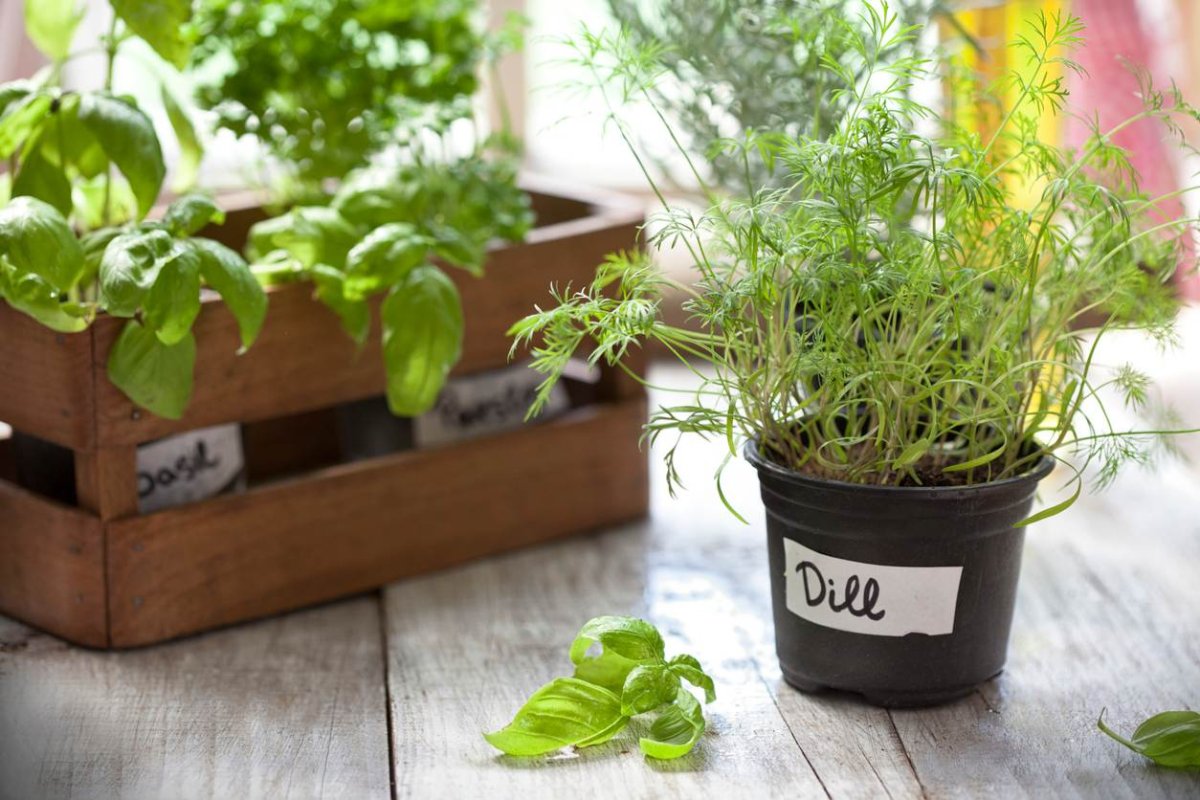

We may earn revenue from the products available on this page and participate in affiliate programs. Learn More ›
Nothing tastes better than freshly picked herbs, vegetables, and fruit, but you don’t need a large yard or the perfect climate to be successful. With an indoor garden, you can harvest healthy produce year-round. Indoor gardening is slightly different from maintaining garden beds outdoors, so keep reading—the following tips and secrets will help you get started. Before you know it, you’ll be enjoying the fresh food from the indoor garden you grew yourself.
RELATED: The 16 Easiest-to-Grow Vegetables for Novice Gardeners
1. Choose the right containers.
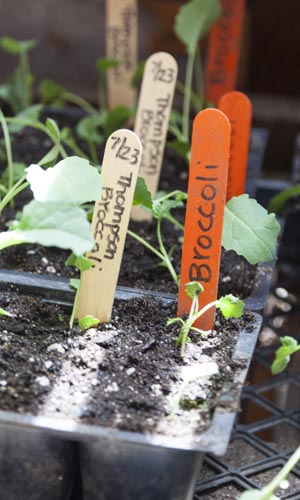
The pots and containers you use for an indoor garden should be large enough to offer the roots of the plants ample room to grow. Typically, “greens” such as lettuce, spinach, and kale need at least 5 inches of soil depth for root development. Peas, beans, cucumbers, peppers, and other small bush or vine plants need a soil depth of at least 7 inches. Root crops such as beets, carrots, turnips, and potatoes need more room to develop—for them, select a container that will accommodate a soil depth of 12 inches.
2. Get the soil right.
It might be tempting to fill your containers with dirt from outdoors, but don’t do it; you could be bringing microscopic pests and diseases in with the dirt and end up damaging your plants. Regular dirt also tends to become compacted, which makes it difficult for a plant’s roots to develop. Opt instead for a lightweight, sterile commercial potting mix, such as Burpee Organic Potting Mix (available on Amazon). A potting mix won’t pack down, so plant roots can grow deep and strong.
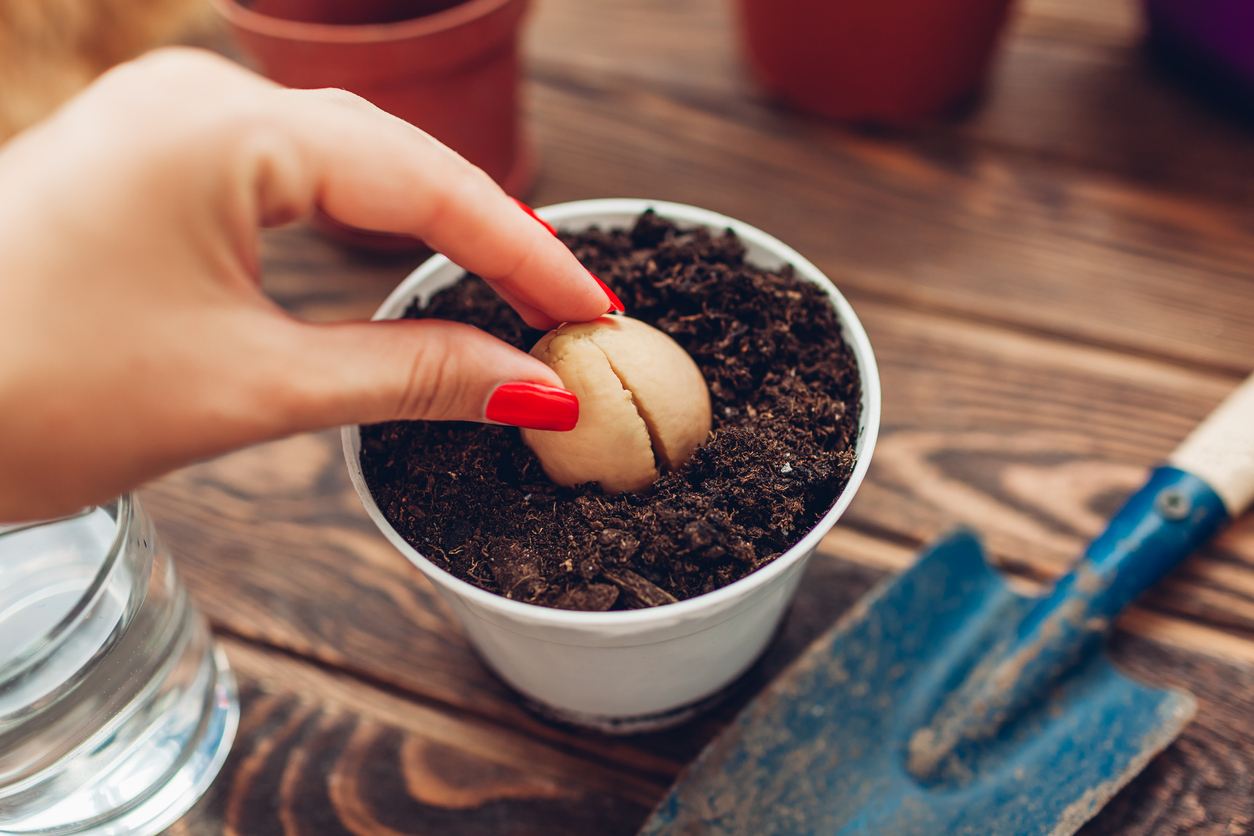
3. Pick your plants based on available space.
Not all fruits and vegetables are suitable for indoor gardening because some require too much space to grow. Examples are corn, okra, and indeterminate tomatoes, which can reach up to 10 feet in height. Select dwarf varieties of peppers and other vegetables, determinate tomatoes (bush-type), herbs, and low-growing fruits, such as strawberries and figs.
4. Get the light right.
Most fruits and vegetables need at least six hours of direct sunlight daily, so a south-facing window is a good choice. If you don’t have a sunny window, you’ll need to supplement with another strong source of light, such as the VIPARSPECTRA Pro Grow Light (available on Amazon) to ensure healthy, robust plants. You also can use a reflective grow tent, such as the GIANTEX Grow Tent (also available on Amazon) to reflect the light from your grow light and maximize its benefit.
5. Grow up (literally).
If indoor space is in short supply, put the concept of vertical gardening to work for you. It only takes a few small pots to fill up a windowsill, but you can grow additional fruits and veggies if you organize the pots in a vertical fashion. This can be as simple as positioning containers on boxes or stands of various heights to elevate the pots in back high enough so the ones in front do not block their light. Or, you can use a premade vertical garden stand, such as Outland Living’s Vertical Garden Bed (available on Amazon) to grow additional plants when indoor real estate is limited.
6. Try a trellis.
Vining plants, including green beans and cucumbers, take up a lot of space in an outdoor garden where they have room to spread, but you don’t need nearly as much room to grow them indoors if you train them on a sturdy trellis. When growing heavy fruits and veggies, such as squash and cantaloupe, coax the plant’s tendrils around the trellis as they grow. You also might need to make “slings” out of fabric and tie them to the trellis to support the produce as it develops.
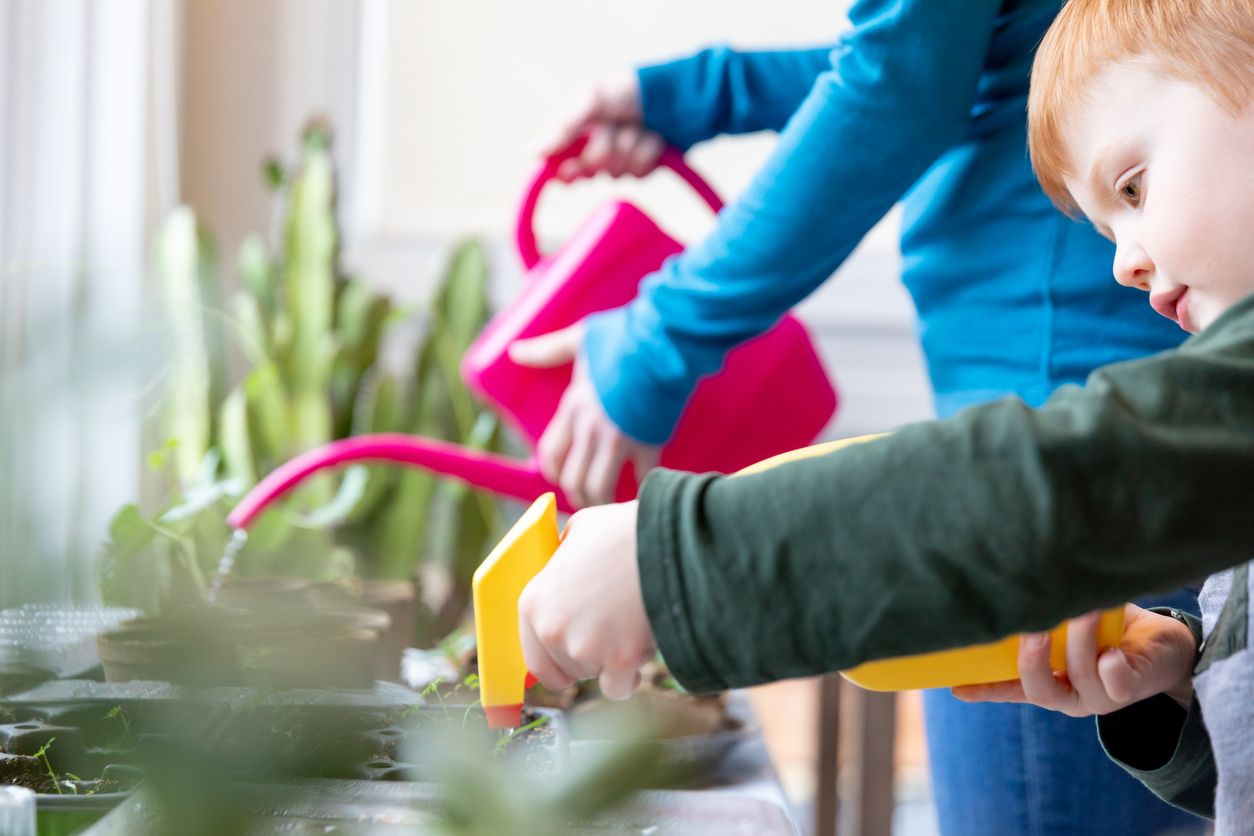
7. Water consistently.
Fruits and vegetables grow best when the soil is damp but not soggy. When roots are alternately wet and then dry, it stunts root development and increases the risk of blossoms dropping off before the produce can develop. Check the soil daily by pressing a finger on the top—it should feel springy and slightly damp. If it’s dry, it’s time to water. Alternately, you can use self-watering pots, such as these GARDENIX DÉCOR Self-Watering Planters (available on Amazon) that come with reservoirs you fill only every seven to 10 days. The pots will dispense just enough water to keep the soil consistently damp and you won’t have to worry about watering too much or too little.
8. Maintain a stable indoor temperature.
Many popular fruits and vegetables that are grown outdoors in the summertime, including tomatoes, peppers, cucumbers, and squash, like it warm, around 75 to 80 degrees for daytime temperatures. If you’re using a sunny window, this often will radiate an adequate amount of heat, but if you air condition your home and the temperature is below 70, add a little extra heat to the indoor garden area with a small space heater. Cool-season plants, such as lettuce, kale, and spinach, prefer daytime temps around 65 to 70 degrees, and they will languish and wilt if the temperature exceeds 80 degrees Fahrenheit.
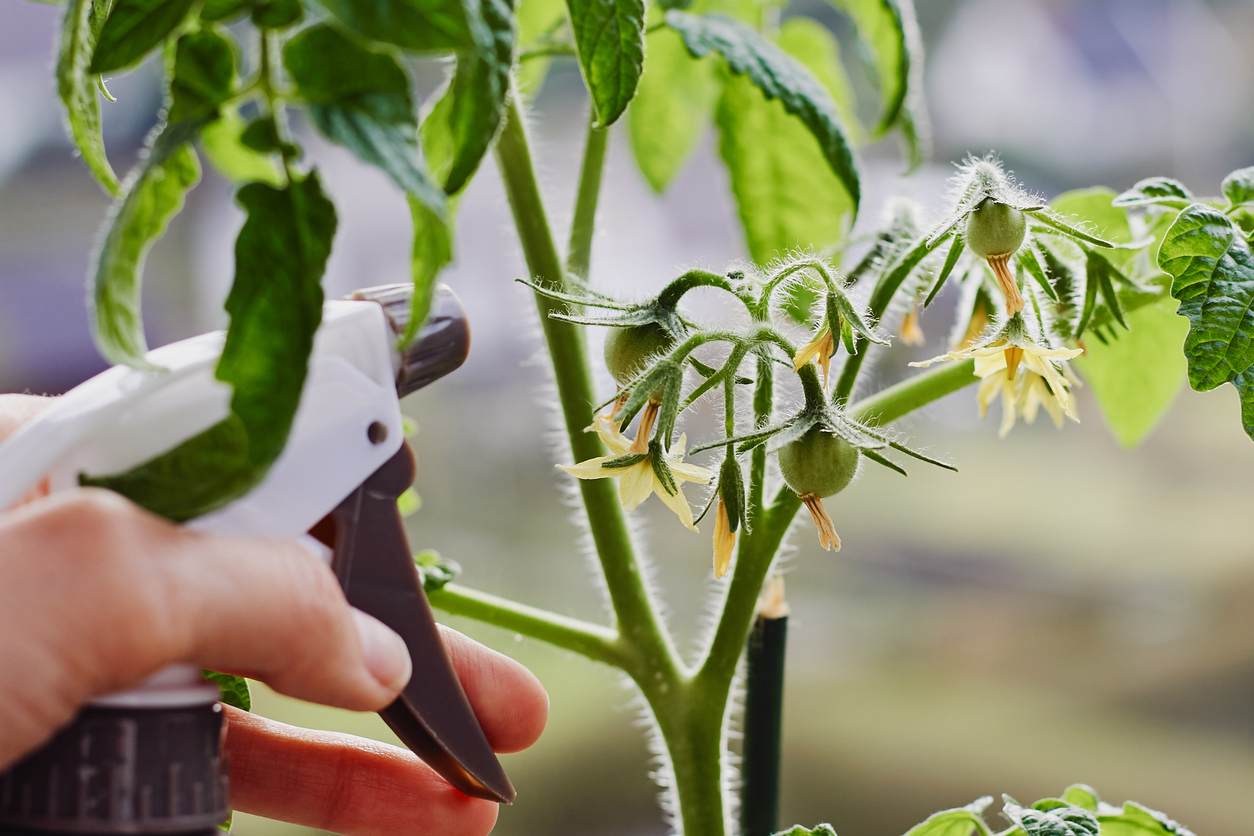
9. Protect against pests.
Even when you use a sterile potting mix, there’s still a chance insects will migrate from other places in your home and then invade your indoor garden. Pests such as fungus gnats can wreak havoc, feeding on the plants and killing them. Avoid using chemical pesticides, but if you notice any type of pests on your plants, spray the soil and foliage with an organic pesticide such as neem oil (available on Amazon). Alternately, you can make your own safe pesticide by combining 2 teaspoons of Dawn dishwashing liquid with 1 pint of water in a spray bottle and spraying it on the plants. When spraying for pests, hit the foliage and soil but don’t spray the developing fruits or vegetables to avoid altering their flavor.
10. Control indoor humidity.
High levels of humidity increase fungal growth, and when plants are clustered together—as they often are in containers—the humidity level rises. If moisture condenses on indoor windows or the air just feels sticky, there’s a good chance the humidity level is too high, and your indoor garden is at increased risk of fungal disease. Opening a window can help, or you can direct a gentle breeze toward the plants with a fan. Running a room dehumidifier such as the SHINCO Dehumidifier (available on Amazon) or running your home’s air conditioner also will help remove humidity from the air.
11. Fertilize.
Because they’re growing in a soilless mix, your indoor garden plants depend on you to supplement the nutrients they need to reach their potential and produce a bountiful harvest. Choose a fertilizer designed specifically for fruits and vegetables, such as Miracle Gro’s Shake ‘n Feed Plant Food (available on Amazon), and follow the directions on the label. You have to apply some fertilizers every two weeks, but a time-release fertilizer like Shake ‘n Feed only needs to be applied once every three months.
12. Get help from hydroponics.
If the idea of growing your own indoor garden appeals to you but you don’t have the space or time to commit to caring for it, you might consider using an inclusive hydroponic system, such as the Ecoogrower Hydroponic System (available on Amazon) that features a tank filled with water rather than potting mix. This type of hydroponic system circulates the water in the tank to keep it from stagnating and automatically notifies you when it’s time to add more water or fertilizer. The system also comes with its own grow light so you can grow delicious produce even without a nearby window.
